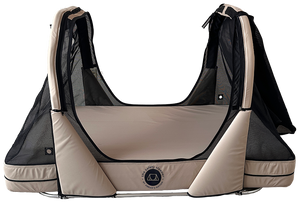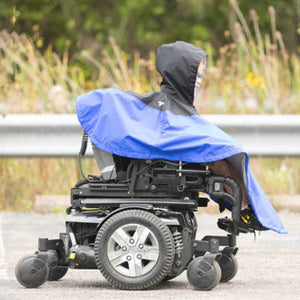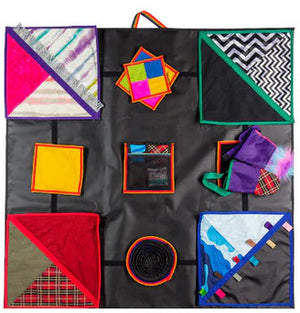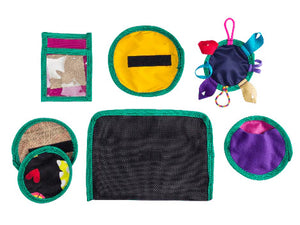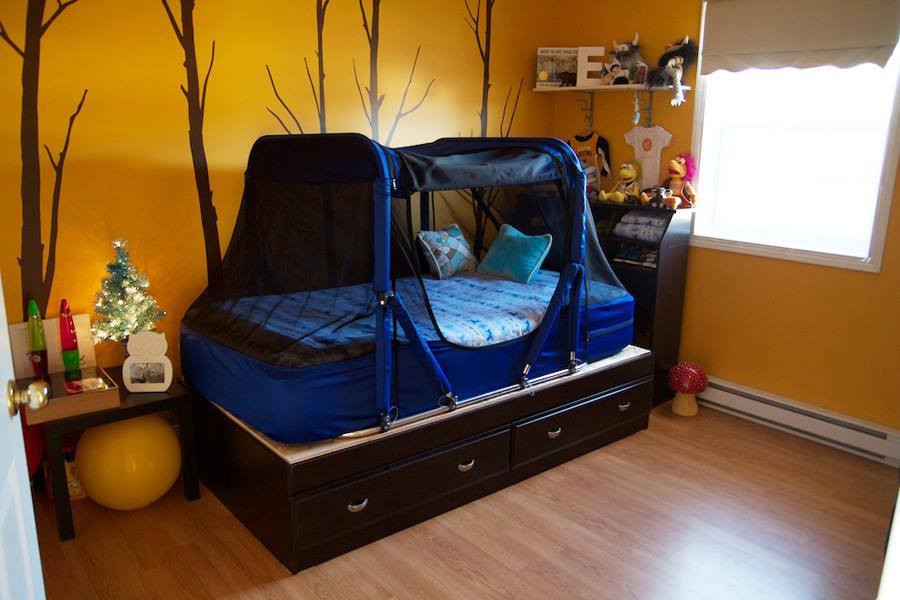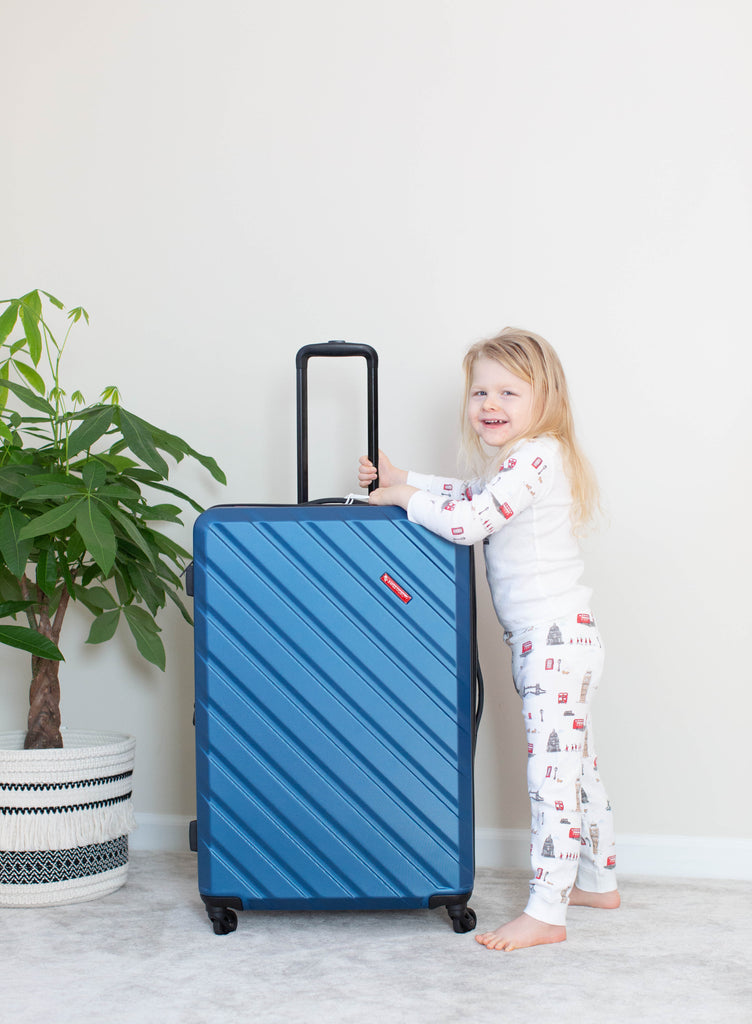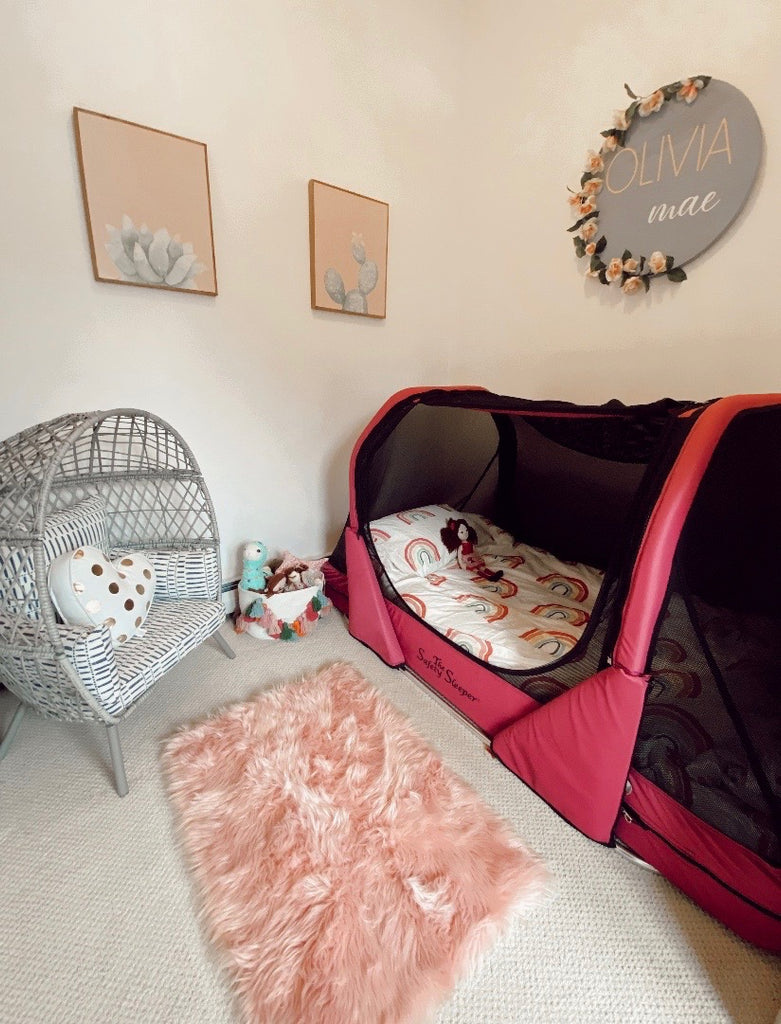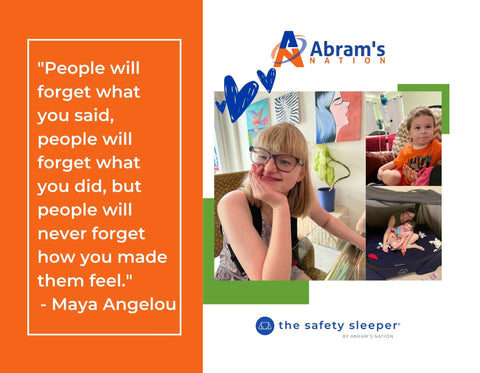If your child has autism, their bedroom should be good for sleep and throughout the day so your child has a safe place to retreat to from the stimulation of the day
But a calming bedroom environment is especially important when you consider how autism affects sleep. Children with autism regularly struggle with:
- Falling asleep
- Staying asleep
- Waking up early
Worse, children with autism are prone to night wandering without adult supervision, which can lead to dangerous scenarios. We’ve heard of children turning on burners in the kitchen, putting silverware in the microwave, and even escaping into the backyard.
Because there are so many things that can go wrong, it’s especially important to help your toddler with special needs sleep through the night.
That starts with creating a calming bedroom for your child!
11 Ways to Create A Calming Bedroom For Your Child With Autism
Here are a few ways you can design a bedroom that helps your child with autism calm down:
- Give them a say in the design process. Many children with autism exhibit behaviors of fixation, where they hyper-focus on a specific interest that intrigues them—and may even help to keep them calm.
When decorating your child’s room, give them an opportunity to voice their opinion on the room’s design. For example, if your child loves tigers, they may request tiger stuffed animals, tiger bed sheets, or tiger curtains.
These personalized touches can help your child feel calm when they’re inside their room, potentially helping them sleep better at night.
- Keep their room organized. Yes, it’s important to teach your child to keep their room neat and tidy, but if they’re not willing to do it themselves (or if they’re physically incapable of doing so), it could be worth giving them a hand.
A clean, organized room is important for your child’s mental health, as a cluttered environment could be visually overwhelming.
- Use visual charts and guides to help them stay organized and on time. Routines are important for everyone, but this sort of structure can be even more important for children with special needs.
And for children dealing with autism spectrum disorder, routine is extra important. That’s why we encourage using a variety of visual schedules and charts to help kids understand what’s expected of them every day.
A couple of examples:
- A visual guide/checklist for getting dressed in the morning could include pictures of underwear, pants, socks, shoes, and a shirt.
- A visual guide/checklist for personal hygiene could include pictures of a toothbrush, soap, and deodorant.
- Use soft colors. Soft, muted colors for the walls, bedding, curtains, and other accent pieces can help create a calming atmosphere.
Too many bright colors could become overstimulating for your child, making their bedroom an uncomfortable place to be.
Of course, you know your child better than anyone else, so be sure to pay attention to their specific preferences (as we mentioned at the beginning of this list).
- Pay close attention to wall art. As you think about the best colors for your walls, bedspread, and everything else, be just as cautious with your wall art.
Wall art that’s bright or distracting could become problematic for your child.
If they love creating their own art, consider hanging it on the wall. Otherwise, ask them about their preference before hanging anything.
- Control the lighting. Adjustable lighting, as with a dimmable switch, allows you and your child to control the room’s brightness at any given moment.
This is especially important if your child has sensory issues and prefers a dim environment; using a simple on/off switch may be too overwhelming!
At the same time, blackout curtains can give your child an extra level of control. If they’re bothered by outside light, blackout curtains can eliminate it completely.
- Control the noise. Many children with autism spectrum disorder are sensitive to noise, so try these two tactics to make their bedroom more comfortable:
- Use noise reduction strategies. Heavy curtains, extra rugs, and colorful tapestries can help reduce noise inside their room. Some audio device manufacturers have even begun manufacturing cute, colorful acoustic tiles that absorb sound. Creating a quiet space can be soothing!
-
Use calming music. Soft, relaxing music can help your child relax at naptime and bedtime. Test a few different songs and styles to see what your child reacts to most positively.
- Create cozy, safe spaces. Some kids who use The Safety Sleeper® call it their “safe place,” but there are other ways to give your child a sense of security inside their bedroom.
A quiet reading nook in the corner or an oversized armchair can give your child an extra sense of security at the end of a stimulating day.
- Use aromatherapy. We know many parents of children with special needs who use aromatherapy to make the bedroom extra calming.
While there are many different products and diffusers available in the market, here are some common oils to look for:
- Lavender Oil. Lavender oil has been shown to have a relaxing effect by lowering both an individual’s heart rate and blood pressure—and it can also assist in reducing anxiety! Lavender oil is often included in lotions or can be breathed in.
- Ylang Ylang Oil. Like lavender oil, ylang ylang oil can lower heart rate and blood pressure. Breathing it in can have a calming effect!
- Chamomile Oil. Like chamomile tea, chamomile oil can have a relaxing effect at the end of an anxiety-inducing day.
- Customize the bedding. Let your child pick out their own bedding, pillows, and blankets to create a sense of ownership and comfort. If your child loves watching movies like Moana or Frozen, they might like Moana or Frozen sheets.
Similarly, other bed products can be helpful. Weighted blankets and body pillows can provide an extra layer of comfort while sleeping through the night.
- Use a fully enclosed safety bed like The Safety Sleeper®. Using a safety bed for autism can give your child an extra sense of protection throughout the night.
Plus, there are many ways a safety bed can help your child with autism sleep. By reducing light and noise and keeping your child in a fully enclosed environment, you may find them falling asleep faster and staying asleep longer.
Learn More About The Safety Sleeper®
The Safety Sleeper®, a fully enclosed safety bed, is specifically designed to help children with special needs sleep better. In fact, our founder started Abram’s Nation after building her first enclosed bed for her son, who has autism spectrum disorder!
Check out The Safety Sleeper® today, or look into our bed accessories or insurance coverage process.



